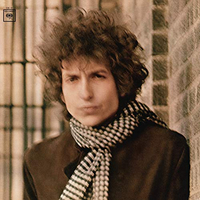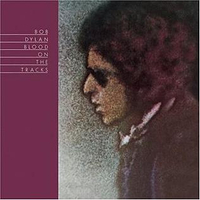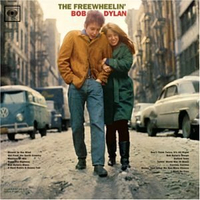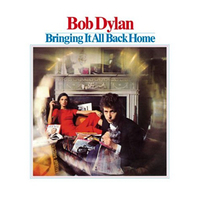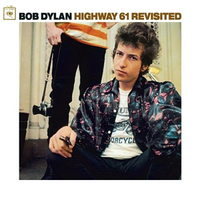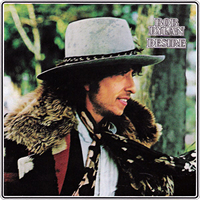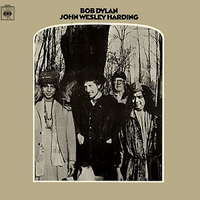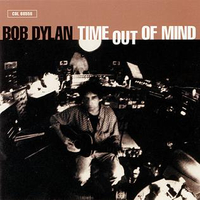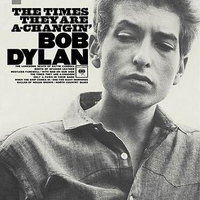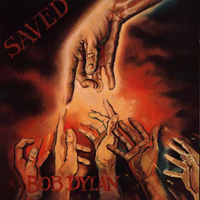Ever since the inception of Classic Rock magazine, we have wrestled with the problem of what to do with Bob Dylan. He’s hardly in the same category, musically or culturally, as more obvious Classic Rock artists such as, say, Deep Purple or Led Zeppelin, yet clearly one of the most significant ‘rock’ artists in history. So the arguments over where Dylan might – or might not – fit into a magazine like ours continue to rage back and forth.
Dylan devotees tend to be inflexible, seeing his influence everywhere; detractors just as one-eyed in their insistence that he has absolutely nothing to do with the values, musical or otherwise, of the magazine. Surely one thing we can all agree on is that the whole concept of album-oriented music – that is, collections of songs that deliberately attempt to say more than merely ‘I love you/you love me’, the mainstay of pop singles from time immemorial – would simply not have developed as it did without Bob Dylan.
From his bold attempt to raise pop lyrics to the level of poetry came The Beatles’ own decision to leave behind ‘She loves you, yeah, yeah, yeah’ and instead sing about such things as semolina pilchards, and skies full of women named Lucy.
And from The Beatles came... well, everybody else, including, yes, Deep Purple. Indeed, the whole evolution of electric guitar-driven, album-oriented music can be traced directly back to the Dylan/Beatles interface and the explosion of musical (and artistic, political and spiritual) ideas that emanated from their ground-breaking albums in the 1960s.
Without the alchemy Dylan employed to turn the base metal of old folk songs like Scarborough Fair into the shining post-war gold of newly minted ‘originals’ like Girl From The North Country there would never have been the impetus for people like Jimmy Page and Robert Plant to later write songs like Stairway To Heaven.
Born Robert Allen Zimmerman in Duluth, Minnesota, in 1941, Dylan had a voice that sounded old when he was 20; now it sounds positively decrepit. But then no one has followed quite the same, zig-zagging musical path; from folk-protest to rock visionary, to born-again bible thumper, to worryingly lost-soul, to truly reborn songsmith of jaw-dropping dexterity.
Now into his 80s, he considers the onset of his own mortality – a subject no rock artist has yet tackled head-on the way Dylan has – on the albums he's made since the turn of the century. And, as the critically acclaimed Hollywood movie No Direction Home raises his profile further, there's no better time to round up the albums which have defined his career.

...and one to avoid
You can trust Louder Our experienced team has worked for some of the biggest brands in music. From testing headphones to reviewing albums, our experts aim to create reviews you can trust. Find out more about how we review.

